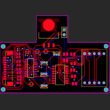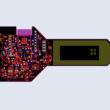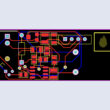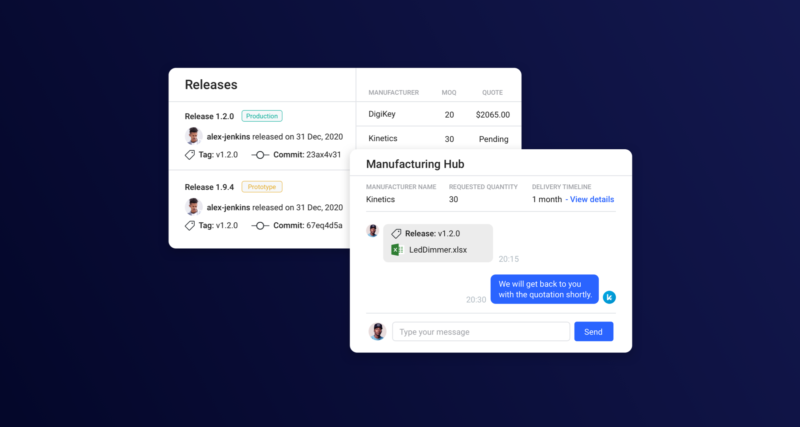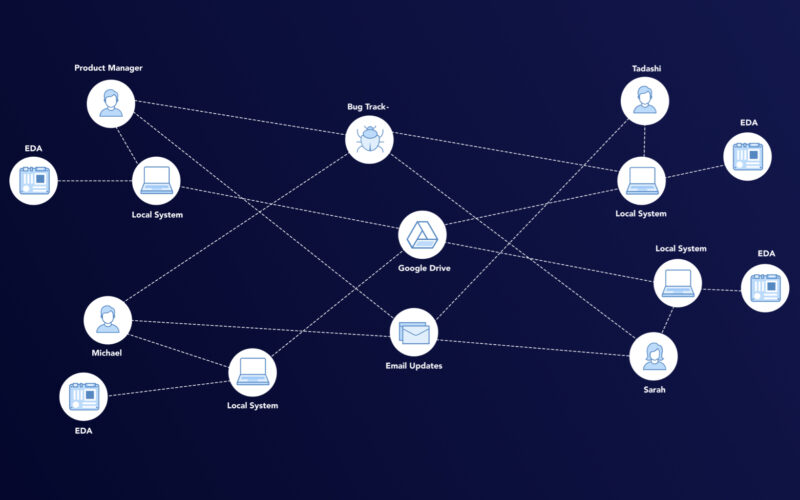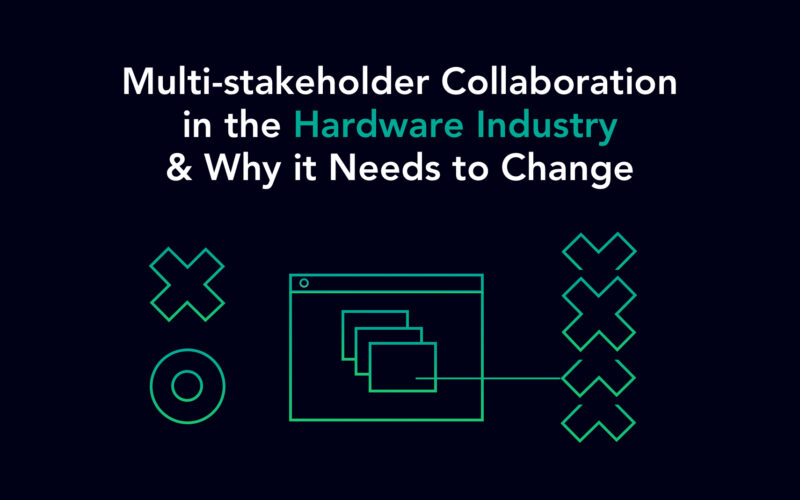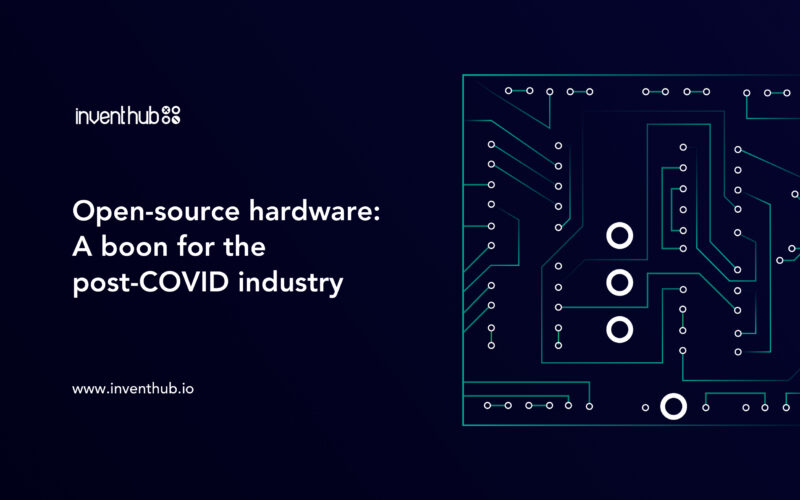The continuing emphasis on reducing costs and shortening time to market demands that improvements occur in all stages of product design, development, and production. A thorough DFM initiative is a critical part of this process. While traditional manufacturing methods have eventually set a standard in modern manufacturing, rapid advancements in technology have enabled more efficient manufacturing methods that call for a refocused approach to designing products that can be manufactured quickly.
Let’s look at what should be kept in mind during various stages for DFM.
Manufacturing Process:
This is where you need to work with your manufacturing partner at the very initial stages. The manufacturer would work with you on understanding materials, molds and the volume of manufacturing needed to build out your electronics product.
Product Design:
Having an understanding of what components are standard vs custom are crucial. This includes non-standard board feature, mounting instructions, drill information, solder mask colour and specific layer dimensions. All of the information linked to the PCB Design must go through a checklist with your manufacturer that would not cause any issues with manufacturing..
Bill of Materials:
Maintaining this involves various stake holders like procurement, suppliers, and manufactures. The type of material that is used between metal and plastic also effects the manufacturing process.
Supply Chain:
Each component supplier is slightly different. Some will have a much faster lead times than others. Some will even have cheaper prices than their competitors. Its important to look at the entire picture when purchasing your components for your electronics products. It helpful when you have a realtime integration into your process of the what the status of your components is.
The Environment of the Manufacturing the product:
Under what surrounding conditions should the electronic product be built, there might be temperature variations that might be different for some parts of the product.
Validation and Verification:
Before going into mass production, testing has to be done to comply with safety and quality standards. If an electronic device can not pass a certification due to a PCB interference signal, it could mean having to do a whole redesign of the PCB, pretty much going back to the first steps of product development
DFM drastically reduces production costs, makes sure the product goes from proof of concept to mass manufacturing while reducing the setup time for the manufacturer and leads to shorter time to market.
The electronics product development process should be flexible with smooth transitions between prototyping and mass manufacturing.
Check out how https://inventhub.io can help you in your DFM process with its tools like manufacturing hub, stakeholder collaboration and data management.


